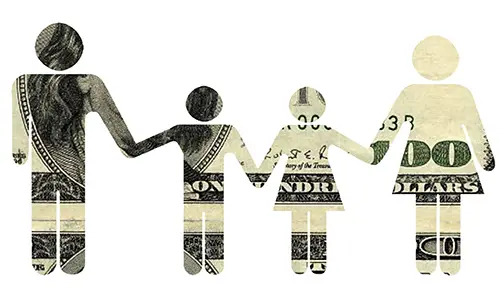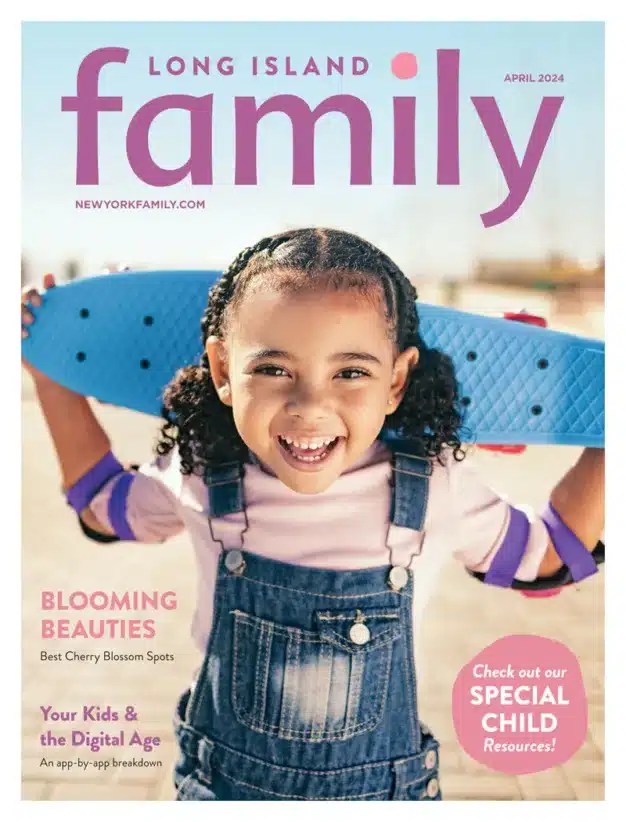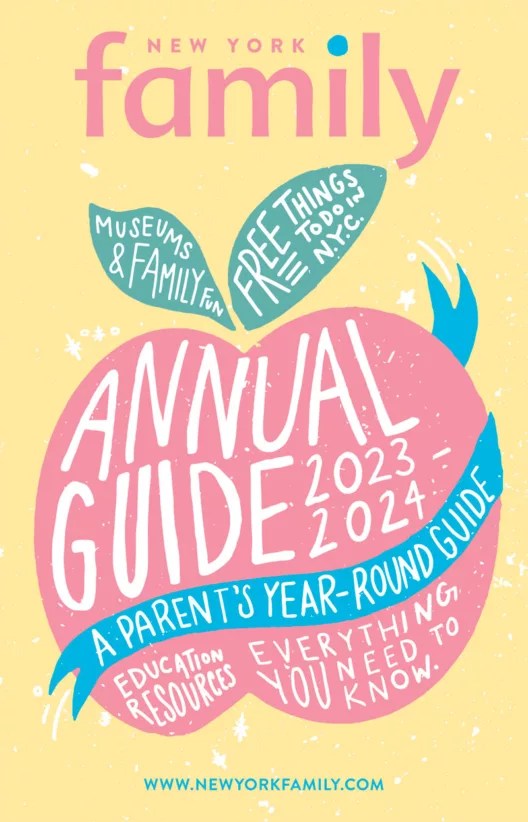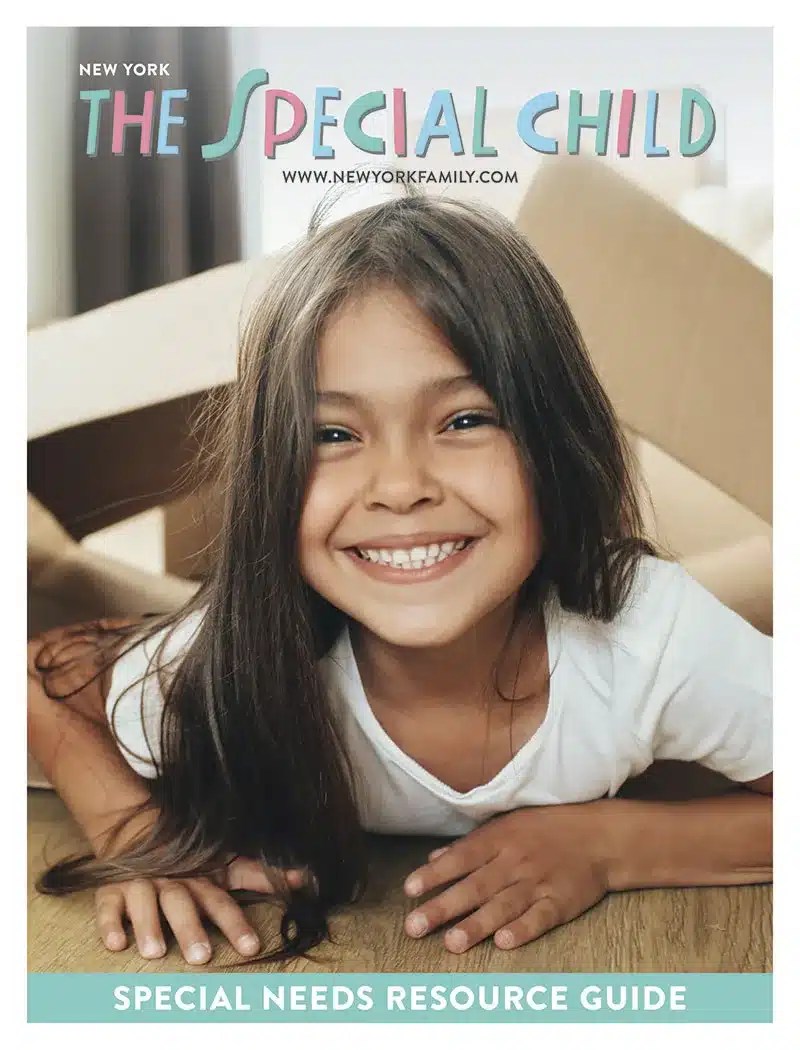Pamela Yellen, a financial security investigator and author of financial advice books, shares five age-appropriate lessons to teach your children about money.

“Most of us have no clue how to pass financial knowledge on to our kids,” says Pamela Yellen, a financial security investigator. “So I’ve gathered some money lessons and training activities you can use, grouped according to age. Keep these activities fun and light. And remember that kids learn best by participation and example, not by being lectured to.”
Money is exchanged for things (age 4-8)
“Kids don’t necessarily make the connection between money and the groceries, clothes and toys that show up in your home—especially if they only see you take that plastic thing out of your wallet at the store,” Yellen says.
Depending on their age and math skills, kids can stack 10 pennies to equal a dime or even make change. Other ideas include having kids make shopping lists and paying for items with cash while they shop with you. Paying with cash helps kids grasp the connection between money and purchases, and studies show people spend less.
“Let your child choose and buy a small item with coins and count out the coins for the right amount to the cashier,” Yellen advises. “The extra time it takes will be well worth the confidence your child gains.”
Create Spending Plans (age 4-12)
“Even young children can begin to decide how they will spend their money. Older children can set longer term goals and manage larger amounts,” Yellen says.
Some ideas include having kids cut out or draw images to illustrate how they can “Spend, Share, and Save.” “Spend is for things they will buy that week (or, for older kids, that month). Save is the money put away for a larger purchase. Share is the money they will give to a worthy cause of their choice. Have them cut out or draw images that represent these concepts for them,” she suggests.
Money is Earned (age 4-12)
“Kids don’t necessarily grasp that what you do all day while you’re away from home is what allows you to put food on the table and Super Mario Brothers in the Nintendo,” Yellen says. “Help them understand how you earn money—and let them earn some of their own.”
Ideas include taking your child to work, and creating a list of kid-friendly chores. “Together, decide on small chores they can do to earn extra money and set a ‘wage’ for each one,” she says. “Older children can even give you an invoice at the end of the week.”
Wants Versus Needs (age 8-12)
Kids much younger than 8 (and many adults!) have trouble grasping this distinction. Make a list of items that you commonly purchase, everything from bread to comic books. Have your child rank each on a scale of 1 (just nice to have) to 10 (need to have). Discuss their rankings without making them wrong.
Other ideas include sharing with your child a list of your personal “wants” that you are delaying for other priorities. “Share the list with your child and explain your reasoning. Encourage them to make their own list,” Yellen suggests.
Understand Impulse Buying (age 8-12)
It’s critical for older kids to be aware of how Madison Avenue is trying to manipulate them. Yellen recommends critiquing commercials while watching TV with your kids. Ask them what advertisers are trying to get them to do. What is the underlying message? What are they saying will happen if you buy or don’t buy that product? How does the product in real life (i.e., that Big Mac) look compared to the advertisement?
Parents can also offer kids “now versus later” deals to teach them the value of delayed gratification. “For example, offer your child $5 today or $15 in two weeks,” Yellen suggests. “Which do they want? Talk them through the decision. And if they decide on the $5 today, check back with them in two weeks and ask how they feel about that decision.”
Pamela Yellen is a financial investigator and the author of two New York Times best-selling books, including her latest, The Bank on Yourself Revolution: Fire Your Banker, Bypass Wall Street, and Take Control of Your Own Financial Future. She investigated more than 450 financial strategies seeking an alternative to the risk and volatility of stocks and other investments, which led her to a time-tested, predictable method of growing wealth now used by more than 500,000 Americans.




















